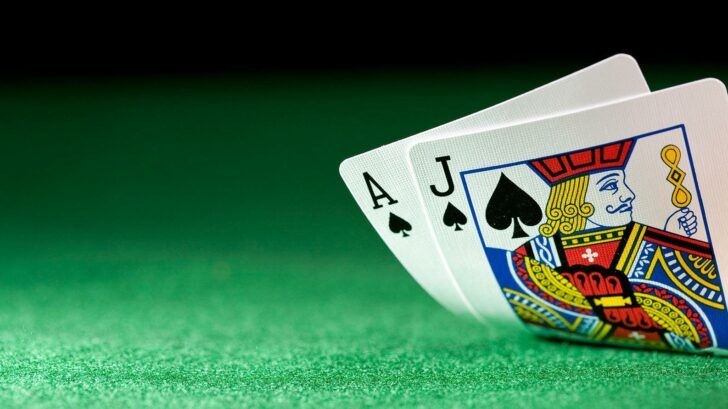Worthless Currencies You Won’t See at Any Mobile Casino

 Hyperinflation
HyperinflationEveryone dreams of becoming a millionaire, but even millions can be worthless sometimes.
“Play at our mobile casino and you’ll become a millionaire!” – how many times have you heard such promises? Every gambler with a firm grasp of reality knows it’s not that easy to become a millionaire, so these promises are often far-fetched, to say the least.
The only way these companies could live up to their pledges is if they used some of the following currencies. These historic examples of hyperinflation have turned people into instant millionaires. The only trouble is their millions were practically worthless.
It looks like the American dollar and the British pound have survived history without any major problems. Today, most mobile sportsbooks and casinos use these currencies because they are common, fairly stable and trusted.
Here are a few examples of currencies historically renowned for being worthless:

1. Zimbabwe is a relatively recent victim of hyperinflation. The country went through some tough times in 2008, when the Zimbabwe dollar had to be redenominated by removing 10 zeroes. This is how ZWD 10 billion became 1 dollar.
Later on, at the beginning of 2009, the state issued a ZWD100 trillion bill. A few years ago, a roll of toilet paper in Zimbabwe cost $145,750. That was the equivalent of about $0.69.
2. The Yugoslav hyperinflation of 1992-1994 was a unique phenomenon in history. The crisis lasted for 2 years and reached its peak in January 1994, when the monthly inflation rate reached 313 million percent. In 1988, the highest denomination was 50,000 dinars. On year later, it was 2,000,000 dinars.
A currency reform followed in 1990, when 10,000 old dinars became 1 new dinar. Another reform followed in 1992, when 1 new dinar was exchanged for 10 old ones. The highest denomination then was 50,000 dinars, but by 1993, it had gone up to 10 billion.
A new reform followed, with 1 new dinar being again exchanged for 1 million old dinars, but before the year was over the highest denomination had reached 500 billion dinars! The same thing happened in 1994, when 13 million dinars became 1 novi dinar. The worst inflation in Krajina had forced its central bank to push the highest denomination to 50,000,000,000 dinars.
3. World War II had a major impact on currencies, in several European countries. In the Weimar Republic (Germany between 1920-1923), the highest monthly inflation was just under 30,000%. But that’s nothing compared to the 309,000,000% Yugoslav hyperinflation, or the 12,950,000,000,000,000% inflation in Hungary, during the 1940s!
The Hungarian pengő saw a significant drop in value after World War II, suffering the highest rate of hyperinflation ever recorded. Local decision makers made several attempts to break it down, including a 75% capital levy in December 1945. This did not help, however, and prices continued to spiral out of control. The state started printing 1,000,000 pengő and 1,000,000,000,000 pengő.
In 1946, the state issued the highest denomination of 100,000,000,000,000,000,000 pengő. That’s a hundred quintillion pengő! A bill ten times higher was designed, but the state did not put it into circulation.
4. Greece also suffered a lot during World War II, compared to Western European countries. From 1940 to 1943, prices rose by 34,864%. By 1944, prices had gone up by 163,910,000,000% compared to 1940. The country experienced its worst inflation in 1944.
Between 1942 and 1944, the highest denomination went up from 50,000 to 100,000,000,000 drachmai. Later that year, 1 new drachma was exchanged for 50,000,000,000 old drachmai. The monthly inflation rate reached 8.5 billion percent in October 1944.




